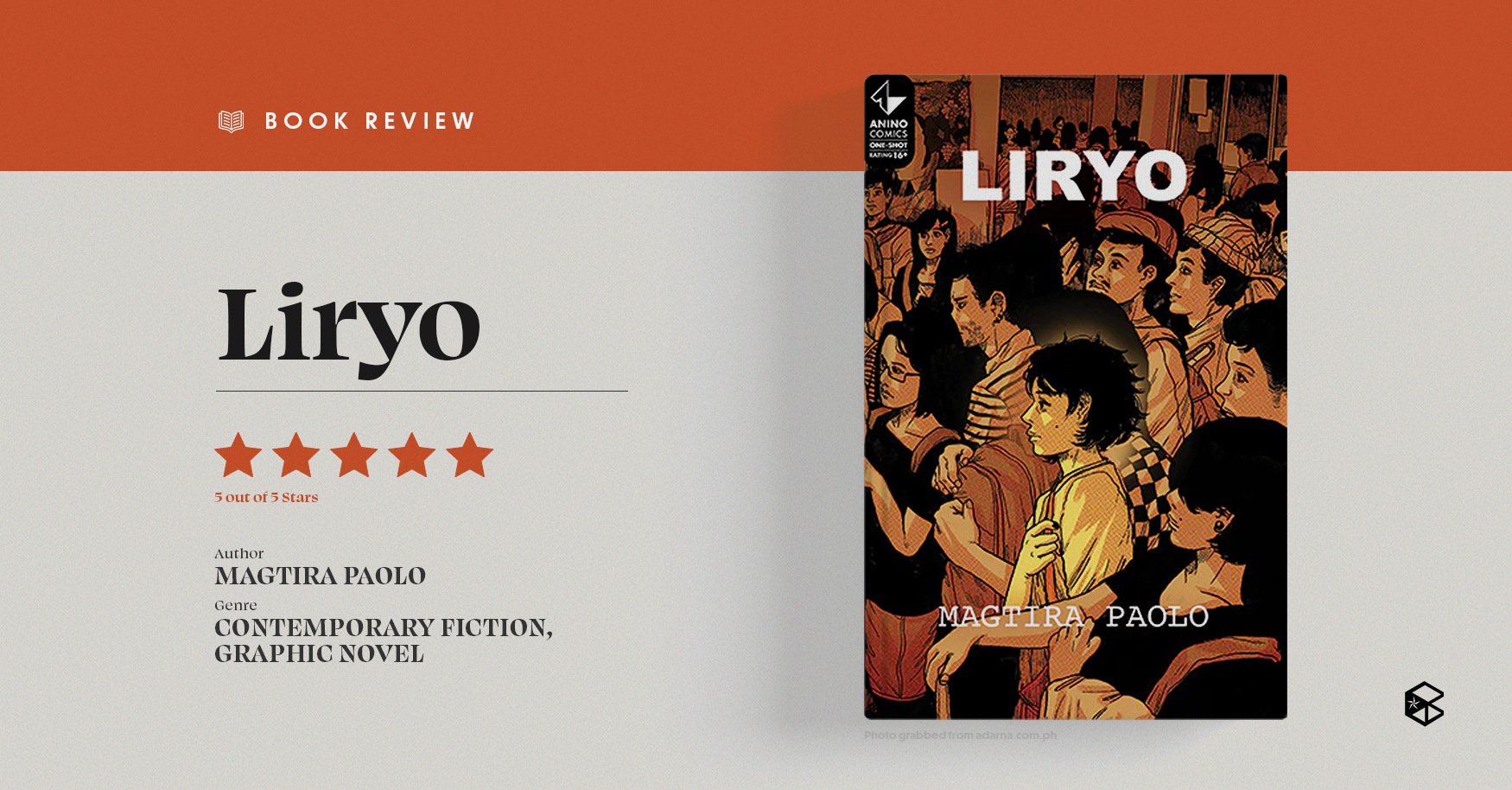Magtira Paolo’s “Liryo” allows a peek into the emotional turmoils of a system that goes against those who are underprivileged. Paolo heavily focuses on truly, wholly human experiences, navigating the complexities of how one functions in survival mode all the time and creating a thought-provoking graphic novel that sparks feelings of dread, loss, love, and the unrelenting grasp of hope. "Liryo" shows how life can easily take the reins of a new chapter and turn it into something far different than what is expected.
The life of this story's husband and wife, Celso and Marcy, is far from perfect or ideal. Marcy is a seamstress who once had a life full of painstaking labor in the province—now working overtime alongside her colleague and friend, who is also working hard to provide for her family. Throughout the story, Celso's occupation remained a mystery until the storyline reveals that he was involved in illicit drug dealings that may as well be a death wish.
The fact that "Liryo" is written in Tagalog—even showing informal spellings and phrases—allows for a different level of immersion. It adds onto the resonating call that is written within the story: "From the masses, for the masses."
Paolo's "Liryo" is a glimpse into the lives of those who seek a new chapter in their existence, only to have the crushing reality of the city lifestyle crush their hopeful dreams. It shows the truth of a lifetime in poverty—and how it should not be romanticized.
Maybe the grass is not always greener on the other side
People from the province always want to go and live in the big city and vice versa—and that is because people want what the others have. And that is when the realization sets in: that the urban city is never straightforward and leisurely. It does not always present the opportunities one expects and hopes for.
The city lifestyle is far more expensive than living in the province. The story never depicted that Marcy and Celso had any educational backgrounds, which means they can only apply for low-income professions—experience being their only advantage in applying for jobs.
When push comes to shove, people will do whatever it takes to survive. For Celso, it meant driving him to engage in illegal drug deals, going as far as using street children as drug mules.
All this was just for a chance to fulfill his promises to Marcy back when they were in the province, even with the full knowledge of how he could easily get caught under their current administration. He could lose his life as quickly as he could earn money under his illegal expenditures.
The goal and nature of "Liryo" is to open people's eyes to the horrible reality of the war on drugs, the struggles of poverty, the constant fear of what will happen next, and the overwhelming fear of not knowing when it will get better.
Lilies as symbols of rebirth, of purity, of a new day
There is an unspoken purity and honesty in the face of kindness against the harsh world. It shows in the way Marcy still gives whatever she can to the kids even with barely any money in her wallet. It’s also in the way Celso greets his wife at their home with such sweetness and enthusiasm, complimenting her even when she is tired and haggard from the long hours at work.
Their relationship is one based on hope. A deep trust that bloomed during their time together in the province—a love that carries on with a simple promise of a better life together and never apart.
For most, this may just be a story in a graphic novel, but this is the reality of those who suffer from poverty; this is what existence truly is for most Filipinos, and Liryo makes it known to its audience that the fight for justice never rests and that they are part of the fight for a better future for the Filipinos, by the Filipinos.
“Liryo” is available nationwide in physical bookstores such as National Bookstore, and online through Adarna House Online and Lazada.


